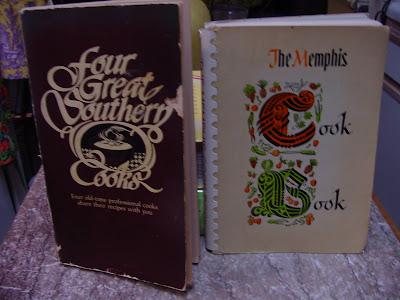
This antique post card shows the view towards Billings Lee and the School of Nursing from across Occom Pond in Hanover, New Hampshire.
There were many young women at Mary Hitchcock who wanted to be nurses from girlhood.
I was not one of them. I had never thought of being anything other than a writer. But I had procrastinated through my last year in high school. Applying nowhere with plans to do nothing. This dismayed my father . He drove me to Hanover, dropped me off at the hospital, and told me to find a job and a boarding house to live in. I did, and spent the next year as a medical records clerk. At first I filed, then stamped addressograph plates. Eventually I worked evenings, and became an accomplished chart hound. Medical Records were scattered everywhere, and I was good at finding them. My proudest achievement was finding a psych patient's chart in the men's room at the Mental Health Center.
Medical Records was a job, not a future. I had to do something. I applied to nursing school, and they accepted me.
The only time I had ever been in a hospital was the two hours I spent one evening working as a Candy Striper at Claremont Hospital. I was sixteen. I filled water pitchers, and was assigned to feed an old lady.
I remember the sour smell, the horrible green walls, and the contracted, demented, drooling woman I was to feed. She was Shakespeare's last scene-" Sans teeth, sans eyes, sans taste, sans everything".
"I'm not going back," I told my mother.
Yet here I was, a victim of wonderful luck, a freshman nursing student. I liked nursing school. I was at home. I had not made a mistake. I would make it through, and never be called in for The Talk. Mrs. Clark would never ask me "Are you sure you want to be a nurse?".
I was standing in anatomy class dissecting a cat carcass when I heard that one of our upper classmen was on probation. Dartmouth students held an antiwar rally at Parkhurst Hall, and this girl ran downtown to see it.
" She thought she was going to see History in The Making," said our housemother (and moral enforcer) Auntie Bea.
Parkhurst Hall was not history in the making, but the November 15 Mobilization in Washington D.C. was. It is a mystery to me still how I decided to cut classes and drive to Washington with four Dartmouth students I did not know and with the minister of the White Church, who was a friend to all the nursing students. I invited myself, not out of conviction, but because this was high adventure. I did not ask my parents for permission. I jumped in the car and left, giving no thought to what might happen when I came back.
It was the longest ride I had ever taken, and by the time we arrived in Washington I was sick with a vicious migraine. We were going to be staying at a AME church. We would sleep in the pews. The next morning we would march. We strayed into the wrong neighborhood. An elderly black man pulled his car in front of us. "You need to get out of here," he said. He led us to the church.
I do not know how I would have gotten through the night with a massive migraine and sleeping on a wood pew. But I was rescued by a professor from Georgetown and his wife. They took me and four students from City College of New York into their home in Hyattsville, Maryland. I slept in a bed, and in the morning my headache was gone.I met up with Harvey, the White Church minister, and the four Dartmouth students and we joined 250,000 people in the largest protest in U.S. history. We were a mass. I remember the street leading to the White House. I remember tanks behind the grates in government buildings. The snipers and soldiers on the roofs. The buses beyond number blocking the White House from us. We marched to the Monument, and listened to Coretta Scott King and Peter, Paul, and Mary. When it was over we went back toward our car only to find that trouble had started and the police were lobbing teargas. I remember a tall, bearded, burly young man in a white lab coat coming toward us. He had an armband that read "Medical Students against the War". His eyes were streaming.
We escaped. We were driving back through the night. But not before we ate at a German restaurant in Dupont Circle. I had schnitzel, and I was feeling more worldly and sophisticated by the minute. We detoured to Providence next morning to drop one of the students at his home. I could not sleep while the boys and Harvey drove, and back in my dorm when I fell asleep I dreamt of cities burning.
No student at Mary Hitchcock School of Nursing had ever left without permission, cut classes, and marched in Washington. What was adventure for me was seen as infamy by the school.
Mrs Clark was waiting for me.
Thus concludes the third part of my nursing school memoir. Since it is a bit of a cliff-hanger, I will not dally with Part 4, which should appear within the next few days.






















































